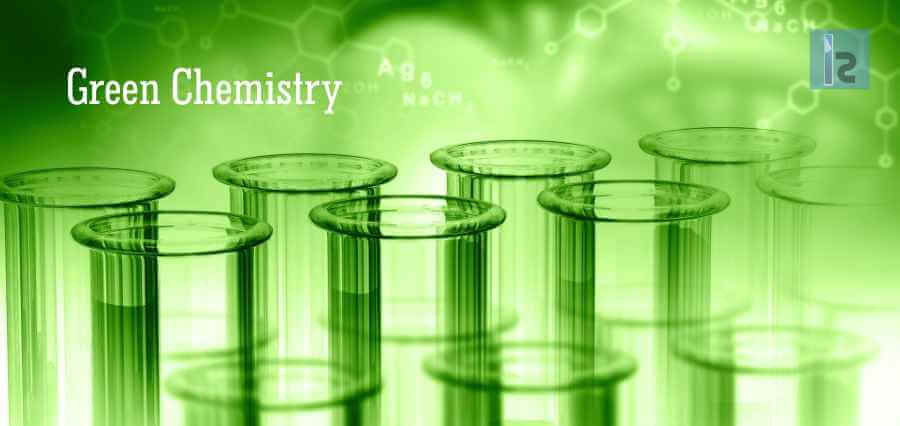Industrial Revolution is often considered as one of the most important events in modern history. It influenced the daily lives of not just the rich and affluent but the general population too. It played a major role in improving the standard of living for the general population. The Revolution saw a transition from hand production methods to new machines, chemical manufacturing, and iron production processes. Chemical manufacturing industry was one of the significant beneficiaries. Large-scale production of chemicals is considered an important development during the Revolution. Since then, the chemical industry has been developing and serving other industries too.
While the contribution of chemical industry towards economic development cannot be undermined, its impact on the environment has always been scrutinized. Environmentalists have never shied away from pointing out how chemical industry has been a huge contributor to the Global Environmental Crisis. The chemical industry has always been reluctant in accepting the charges but has been trying on its part to reduce the pollutants. Environmental and chemical scientists have been working to create solutions that can help chemical industry balance profits with the environment.
Green Chemistry
The chemical industry provides us with chemicals, materials, fuels which are irreplaceable in today’s life. The challenge is to transform the industry in a way that it keeps on producing these products while avoiding the negative impact on the environment.
The concept of Green Chemistry, proposed in the late 1990’s aims to address this challenge. Twelve major principles have been proposed, which have been accepted by the chemical industry.
Green Chemistry is defined as a multidisciplinary science which focuses on designing products and processes that can minimize the use and/or generation of substances that are hazardous. The goal is to cut back on pollution at the source itself instead of cleaning up later. It aims at enhancing efficiency, saving resources and energy, and achieving sustainable development for chemistry and the chemical industry.
The principles of Green Chemistry
The twelve principles of green chemistry are:
- Preventing waste by designing chemical syntheses which leave no waste.
- Maximizing Atom Economy by designing chemical syntheses that make the final product have the maximum amount of starting material by wasting few or no atoms.
- Designing less hazardous chemical syntheses which use and/or generate products and by-products that are non-toxic or less toxic.
- Designing safer chemicals which fulfill both the commercial and environmental needs.
- Using safe solvents and avoiding the use of solvents, separating agents and other auxiliary substances or using non-toxic ones.
- Increasing energy efficiency by running processes and reactions at ambient room temperature and pressure wherever possible.
- Usage of renewable feedstock or starting material like agricultural waste products wherever possible.
- Avoid or reduce chemical derivatives generation as they require additional reagents and generate avoidable waste.
- Using catalysts, this can be used in small amounts and multiple times, instead of stoichiometric reagents.
- Designing chemical products which degenerate or break down into non-harmful products once their use is done.
- Analyzing in real-time by use of in-process monitoring and control to prevent pollution.
- Minimizing potential accidental risks by designing chemicals and their forms which are less prone to explosions, fires, and accidental leakages.
The Green Road
The Chemical Industries need to adapt themselves to the principles of Green Chemistry. This will involve a change in their current processes. They now need to adopt processes and methods which stop or reduce creating waste instead of cleaning up afterward. Moreover, the changing rules and regulations are bound to create a shift towards greener solutions. Those willing to take up Green Chemistry first need to evaluate their current practices and then develop a step-by-step guide towards the greener goal. This will involve
- Using green solvents
- Substituting hazardous chemicals wherever possible
- Using sources of energy that are renewable, like solar and wind
- Modifications and up gradations of machines
- Continuous real-time monitoring of processes
- Making the most out of resources by re-use wherever possible
- Improvements in maintenance
- Proper education and training of human resources
- Improvements in storage and inventory control
The benefits to the environment and human health of applying green chemistry are indisputable. The economic benefits that the chemical industry can reap from going green are:
- Higher yields from smaller feedstock
- Lesser synthetic steps leading to faster manufacturing
- Increased plant capacity and low cost of energy.
- Reduces waste so a reduction in the cost of eliminating and treating the waste.
- Reduced cost on the use of petroleum and other non-renewable resources.
- Better marketing opportunity, as customers are moving towards greener products at a very fast pace.
- Overall better performance.
Green chemistry is a relatively new field. A lot of studies and research are still being carried out to make solutions more economically viable. Chemical Industries are open to adopting sustainable methods when they are economically superior too. This makes the transition even more smooth and acceptable by all the industries involved. Slowly and steadily, with support from scientists, the governments, and the industries, green chemistry is inching towards its goal to make the industrial chain of chemical industry environment-friendly and its sustainable development.


